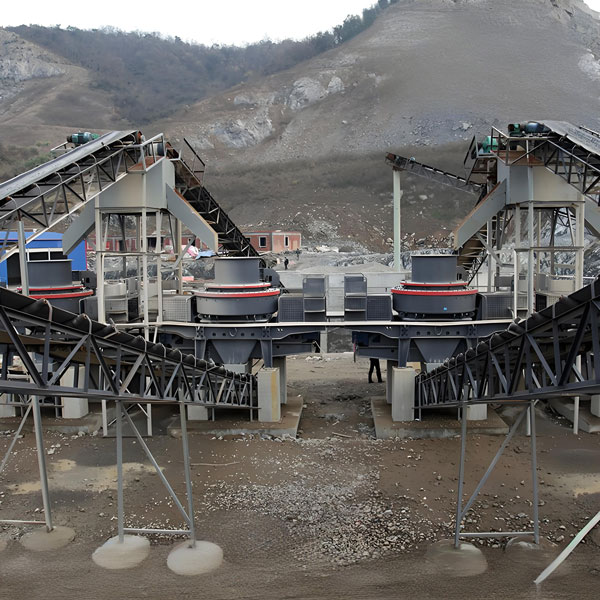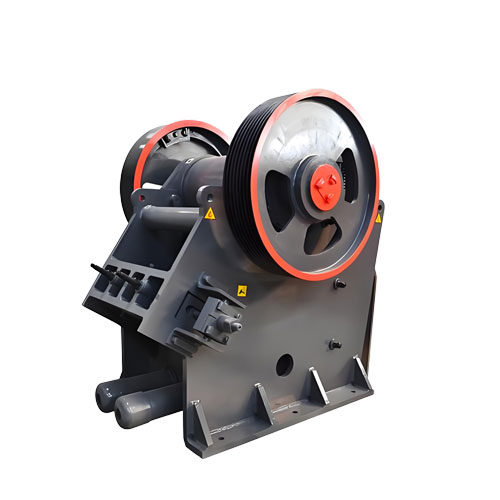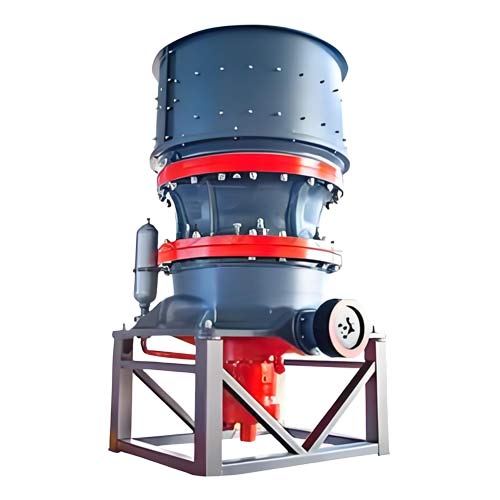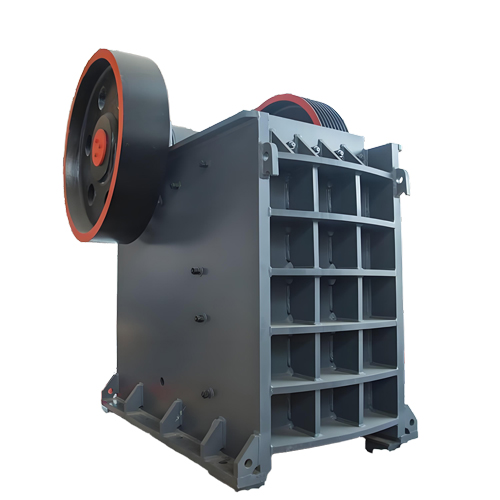Specification for limestone powdering for desulfurization
Limestone pulverization is a core step in flue gas desulfurization (FGD). Its fineness, purity, and activity directly determine desulfurization efficiency. Standardized processes require controlled raw material quality (CaO ≥ 50%), optimized grinding parameters (250 mesh fineness), and the use of high-efficiency equipment (such as column mills) to achieve efficient SO solidification while reducing energy consumption and promoting green production.
With increasingly stringent environmental protection requirements, industrial desulfurization technology has become a key component in controlling sulfur dioxide emissions. Limestone pulverization, a key step in flue gas desulfurization, has a direct impact on desulfurization efficiency and environmental performance. This article comprehensively analyzes the standardization system for limestone pulverization for desulfurization, covering technical principles, quality standards, process flow, and key operational considerations, revealing the key elements for efficient desulfurization.

1. Technical Principles and Chemical Basis
The core principle of limestone pulverization desulfurization is based on acid-base neutralization reaction. The main component of limestone is calcium carbonate (CaCO₃). When it comes into contact with sulfur dioxide (SO₂) in the flue gas, the following reaction occurs:
CaCO₃ + SO₂ + 1/2 O₂ → CaSO₃ + CO₂
The generated calcium sulfite (CaSO₃) can be further oxidized to calcium sulfate (CaSO₄), achieving the solidification and removal of SO₂. This reaction requires the limestone powder to be sufficiently fine and active to ensure sufficient contact with the flue gas and rapid reaction.
2. Quality Standards: The Basis for Ensuring Desulfurization Efficiency
The quality of desulfurized limestone powder must meet strict standards. Key indicators include:
1. Chemical composition: Calcium oxide (CaO) content ≥ 50%, magnesium oxide (MgO) ≥ 30%, silicate ≤ 5%, sulfate ≤ 0.5%. High-purity ingredients enhance reactivity.
2. Physical Properties: Specific surface area 300-600 cm²/g, fineness ≥95% (residue passing a 250-mesh sieve ≤5%), and uniform particle size. Fineness directly affects the reactive surface area. 250 mesh fineness meets the needs of most power plants. Higher fineness improves efficiency but increases energy consumption.
3. Activity index: Limestone powder needs to react quickly with SO₂ at a specific temperature, and the rate of generating calcium sulfide must meet the standard to ensure real-time desulfurization effect.
4. Appearance and storage: The powder should be white or slightly yellow, without lumps. Store in a dry environment to avoid moisture that may affect activity.

3. Flour milling process: the key link of refined operation
An efficient milling system includes the following core steps:
1. Raw material storage, transportation and pretreatment: The limestone raw materials are crushed and iron-removed to remove impurities and ensure the purity of the materials entering the mill.
2. Grinding system: Use medium-speed, high-pressure grinding equipment (such as column mills and vertical mills). Column mills utilize the “material extrusion” principle, crushing at a pressure of 3-5 MPa, producing 50% powder with a particle size of less than 1 mm at a time. This is highly efficient and energy-efficient. Vertical mills utilize extrusion between rollers and discs, making them suitable for producing fine powders.
3. Classification and collection: The ground material is classified by the powder concentrator, and the finished product that meets the fineness requirements is collected by the cyclone collector to ensure a concentrated particle size distribution (e.g. d50 = 0.12mm, which meets the requirements of CFB boilers).
4. Hot air drying: The system introduces hot air (such as a coal-fired hot air furnace) to control the moisture content of the product to less than 1%, prevent agglomeration, and improve fluidity.

4. Key optimization points for efficient desulfurization
1. Grinding fineness control: By adjusting the mill parameters (such as grinding gap, spring pressure), the particle size distribution is precisely controlled so that most particles are concentrated in the target range (such as near d50), avoiding excessive fineness or coarseness that affects the reaction efficiency.
2. Activity enhancement technology: The microcracks and porosity generated during the grinding process increase the specific surface area of the limestone, improve its activity, and accelerate the reaction between CaO and SO₂.
3. Equipment selection and optimization: Select equipment with low energy consumption and long life of wearing parts (e.g., column mill wearing parts have a life of 1.5-2 years) to reduce operation and maintenance costs and ensure continuous operation of the system.
4. Automation and quality control: Establish a full-process monitoring system to detect raw material composition, grinding parameters and finished product indicators in real time to ensure batch stability.
V. Standard Implementation and Environmental Benefits
Strict adherence to limestone pulverization specifications not only ensures stable operation of the desulfurization system but also delivers significant environmental benefits: SO₂ emissions are reduced, and the byproduct gypsum can be recycled as a building material, achieving resource recycling. Furthermore, the low-energy process and noise control meet green production requirements, contributing to the company’s sustainable development.
Conclusion
Limestone pulverization for desulfurization is a core component of flue gas treatment, and its regulatory system covers comprehensive requirements from raw material quality to process details. Through refined grinding technology, strict quality control, and the selection of efficient equipment, desulfurization efficiency can be significantly improved and environmental costs reduced. In the future, with the iterative upgrade of technology, limestone pulverization will continue to provide reliable support for industrial emission reduction and promote the development of a green industry.
Related Products
Inquiry
Please leave us your requirements, we will contact you soon.





